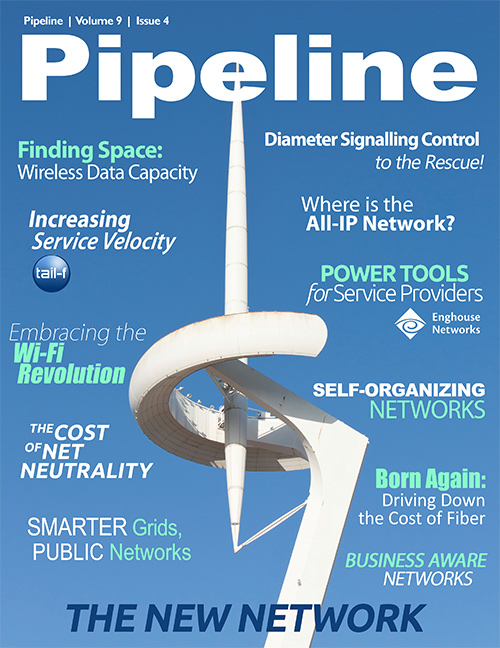Inside the NGN Toolbox: Power Tools for Service Providers
Today, the term GIS has many other connotations. Back on the topic of big data again! External third party data providers collect, manage and sell data that can be “mashed” together to provide a comprehensive visual perspective of your network. Data available from third parties includes demographic data, wire-centre locations, tower locations, underserved areas, and more. Some of this data is freely available, e.g. from the US census bureau and the FCC, while other specialized data can be purchased based on either a one-time fee or a subscription model. Mashing up disparate data sources, such as as-built network data, proposed network design, customer billing data, demographic data, and underserved areas using a GIS platform such as Esri, the world leading GIS vendor, can deliver visual, real-time business intelligence – answering, “How should I expand my network? What new services can I deliver? Where are my prospective profitable customers?”
As the NGN becomes a tangible reality, there are many solutions out there for service providers to enhance their product offerings and their ROI. The examples included here are just a few solutions being offered by Enghouse Networks Limited that are shaking up the status quo around the world. To find out more about solutions described in this article, please visit www.enghousenetworks.com or via email at networks@enghouse.com.
______________________
About Enghouse Networks Ltd.: Enghouse Networks, a division of Enghouse Systems Limited develops and markets network software and visual computing solutions for a broad range of
utilities including Telecommunications Service Providers (ILEC, CLEC, IOC, Wireless Service Providers, Cable MSO, VoIP, Wholesale, Municipalities), Departments of Transportation and Electric
Utilities that are deploying next generation networks and smart grid solutions around the world.
Enghouse Systems Limited is a publicly traded Canadian based software and services company founded in 1984. Enghouse shares are traded on the Toronto Stock
Exchange (TSX) under the symbol "ESL". Enghouse serves a number of distinct vertical markets through its three divisions, each developing and selling enterprise oriented applications software.



















